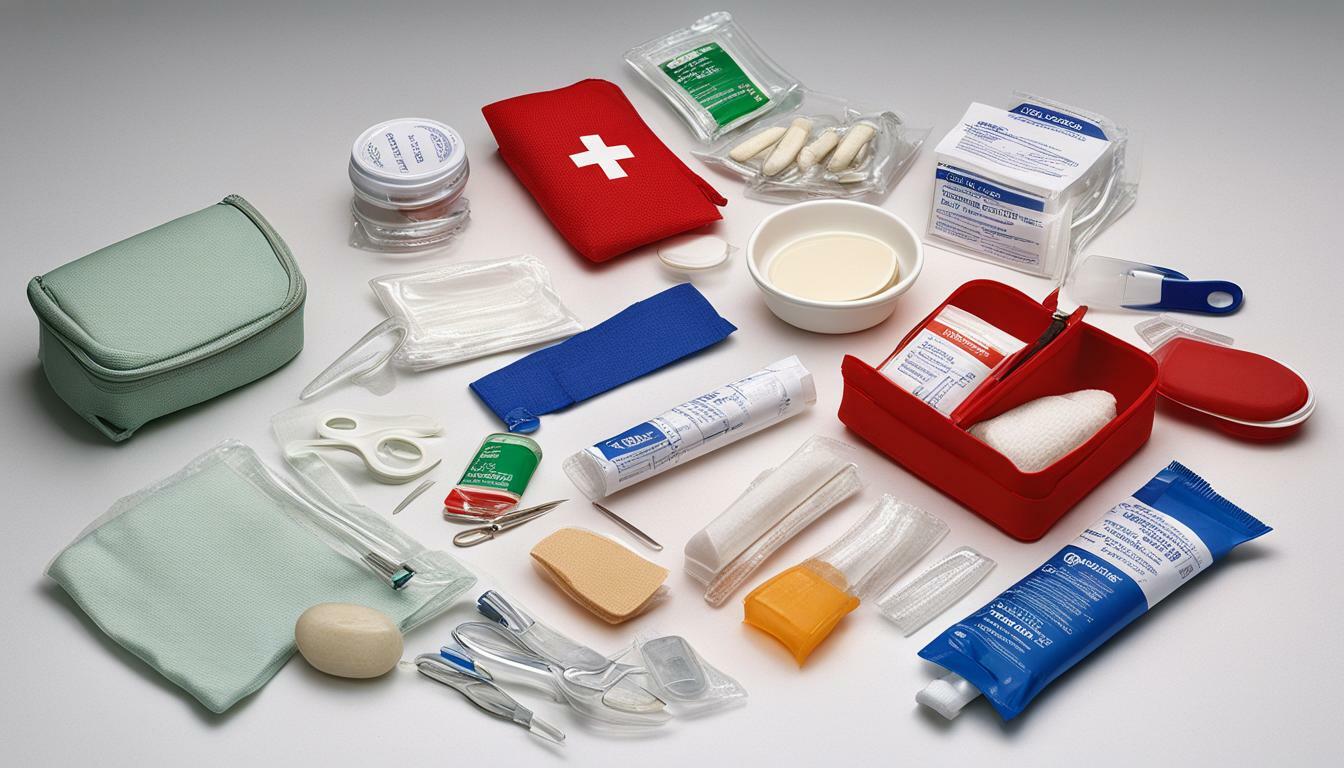If you or someone you know experiences a minor burn or scald, having a well-equipped first aid kit on hand can make all the difference. These injuries can occur at any time, from cooking accidents to hot water spills, and it’s essential to know how to provide immediate treatment. In this section, we’ll discuss the importance of having a first aid kit specifically designed for treating minor burns and scalds, as well as provide tips for managing these injuries.
A first aid kit for treating minor burns and scalds should include items such as:
- Burn dressings
- Soothing creams
- Aloe vera gel
- Plasters
It’s important to be prepared, as early treatment can help promote healing and reduce the risk of complications. Let’s dive into the details of managing minor burns and scalds.
Key Takeaways
- A well-equipped first aid kit is crucial for managing minor burns and scalds
- Include items such as burn dressings, soothing creams, aloe vera gel, and plasters in your first aid kit
- Early treatment is essential for promoting healing and reducing the risk of complications
Understanding Minor Burns and Scalds
Minor burns and scalds are common injuries that can happen to anyone. Burns are caused by dry heat, such as fire or hot surfaces, while scalds occur when hot liquids or steam come into contact with the skin. Both injuries can range from mild to severe, depending on the extent and depth of the damage to the skin and underlying tissues.
Minor burns and scalds are generally characterized by redness, pain, and swelling. The affected area may also blister, and the skin may peel or become dry and flaky. It’s essential to note that severe burns and scalds, which are deeper and involve a larger area of the skin, may require emergency medical attention.
It’s important to understand the difference between minor and severe burns and scalds so that you can provide appropriate first aid treatment. Mild to moderate burns and scalds can generally be treated at home, while severe injuries require immediate medical attention.
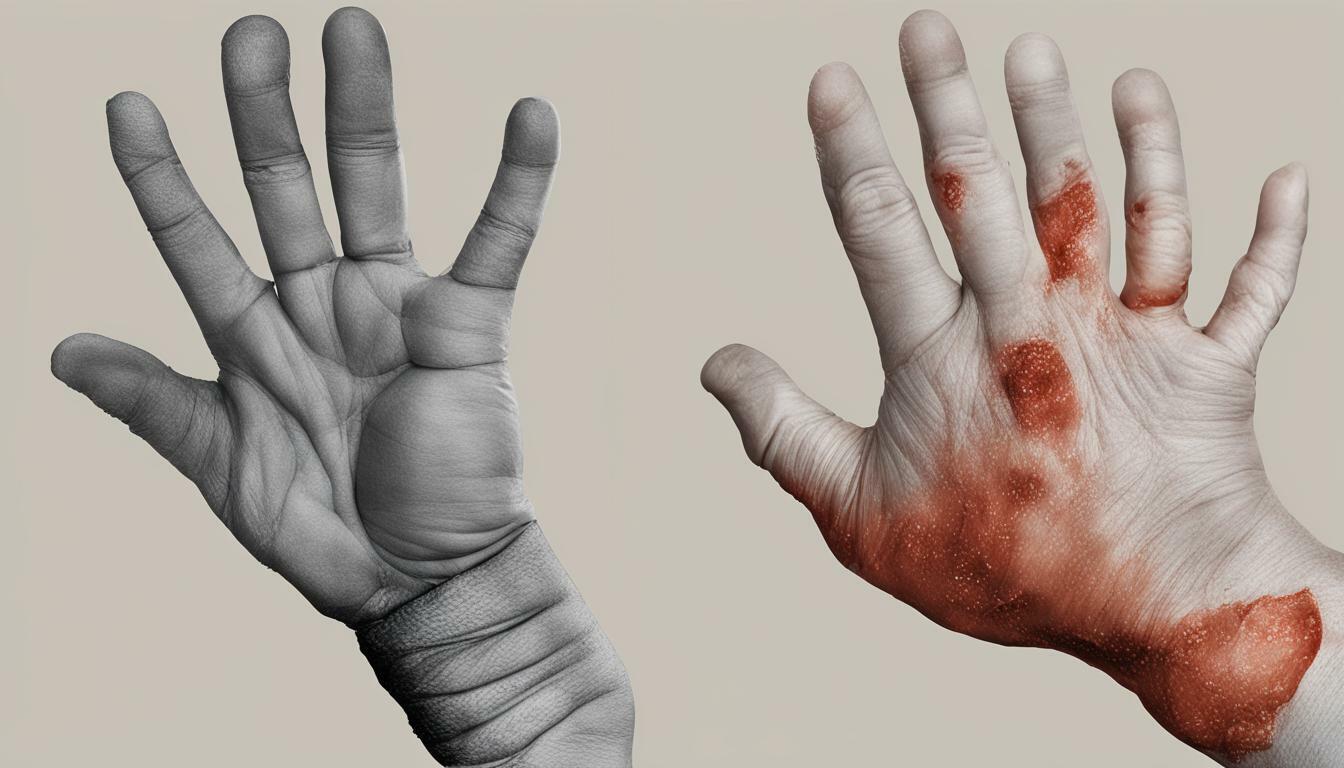
When treating minor burns and scalds, it’s crucial to keep the affected area clean to prevent infection. Avoid breaking any blisters that may form, as this can increase the risk of infection. It’s also crucial to keep the area moist with a soothing cream or ointment to promote healing and reduce pain and discomfort.
In the next section, we will discuss the essential components of a first aid kit for burns and scalds, which can help you effectively manage these injuries.
Essential Components of a First Aid Kit for Burns and Scalds
Having a well-stocked first aid kit is crucial for effective treatment of minor burns and scalds. Here are the essential components that should be included in a first aid kit specifically designed for these injuries:
| Item | Purpose |
|---|---|
| Burn dressings | To cover the affected area and prevent infection |
| Cooling gel or spray | To reduce pain and swelling |
| Soothing cream | To reduce pain and promote healing |
| Sterile gauze | To cover the affected area |
| Medical tape | To secure the dressing in place |
| Scissors | To cut gauze and tape |
| Tweezers | To remove any debris from the wound |
Remember to regularly check your first aid kit for expired items and replace them as necessary.
It’s also essential to keep a first aid manual or guidebook in your kit to refer to in case of an emergency.
By having all the necessary components in your first aid kit, you can provide immediate care and ensure the best possible outcome for the injured person.
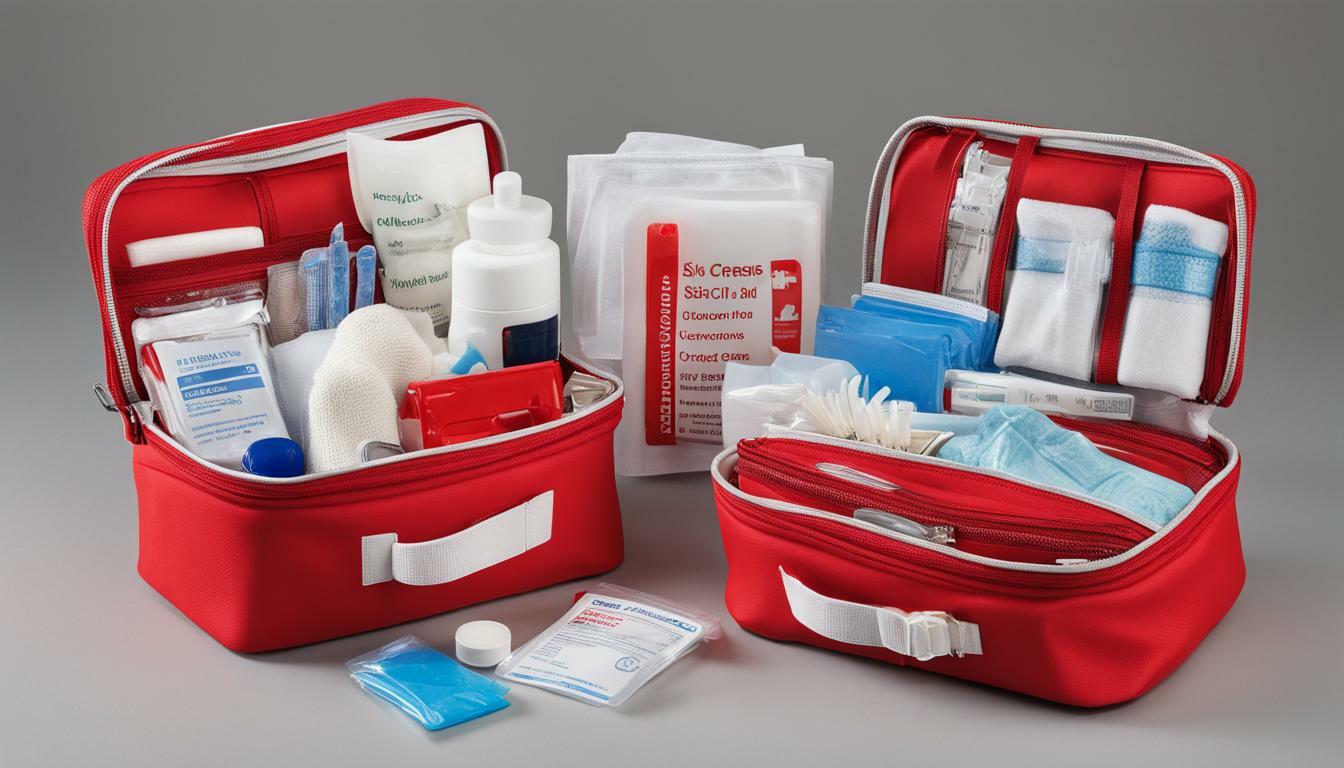
Immediate First Aid Treatment for Minor Burns
Minor burns are a common injury that can happen during everyday activities such as cooking, ironing, or using hot water. Knowing how to provide immediate first aid treatment for minor burns is crucial to prevent further damage and promote healing.

Step 1: The first step when treating a minor burn is to cool the affected area with running cool water for at least 20 minutes. Be sure to remove any clothing or jewelry from the affected area, but do not remove anything that is stuck to the skin.
Step 2: After cooling the burn, cover the area with a sterile dressing or non-fluffy material to protect it from infection. Avoid using cotton wool as this can stick to the burn and cause further damage.
Step 3: If the burn is on an arm or leg, elevate the affected area to reduce swelling.
Step 4: Consider taking over-the-counter pain relief medication such as paracetamol or ibuprofen to manage pain and reduce inflammation. Be sure to read the instructions for proper dosage.
If the burn is bigger than a postage stamp, on the face, hands, feet, or genitals, or if the pain is severe, blisters appear, or it becomes infected, seek medical attention immediately.
Remember, proper first aid treatment for minor burns can make a significant difference in the healing process. Keep essential first aid supplies, such as burn dressings and sterile gauze, in a first aid kit designed specifically for burns and scalds. Being prepared and knowing the right steps to take can help you manage minor burns effectively.
Immediate First Aid Treatment for Scalds
If you or someone you know has suffered from a scald, it’s important to provide immediate first aid treatment to minimize damage and promote healing. Here are the essential steps to follow:
- Move away from the source of the scald: Quickly move to a safe area to avoid further contact with the hot liquid or steam.
- Cool the affected area: Place the scalded area under cool running water for at least 10 minutes. This will help to reduce the pain and swelling caused by the scald. Avoid using ice or very cold water as this can cause further damage to the skin.
- Remove clothing: If clothing or jewellery is not stuck to the skin, carefully remove it from the affected area to prevent further burning.
- Cover the area: Use a sterile, non-adhesive dressing to cover the scalded area once it has been cooled. This will help to protect the affected area from infection and keep it clean.
- Manage pain: If the scald is causing a lot of pain, over-the-counter painkillers such as paracetamol or ibuprofen can be used to manage pain. However, aspirin should be avoided as it can increase the risk of bleeding.
It’s important to note that scalds can vary in severity, with deeper and more extensive scalds requiring urgent medical attention. Seek medical attention if the scald:
- Is larger than a 50p coin
- Is on the face, hands, feet or genitals
- Is deep and causes white or charred skin
- Blisters or causes severe pain
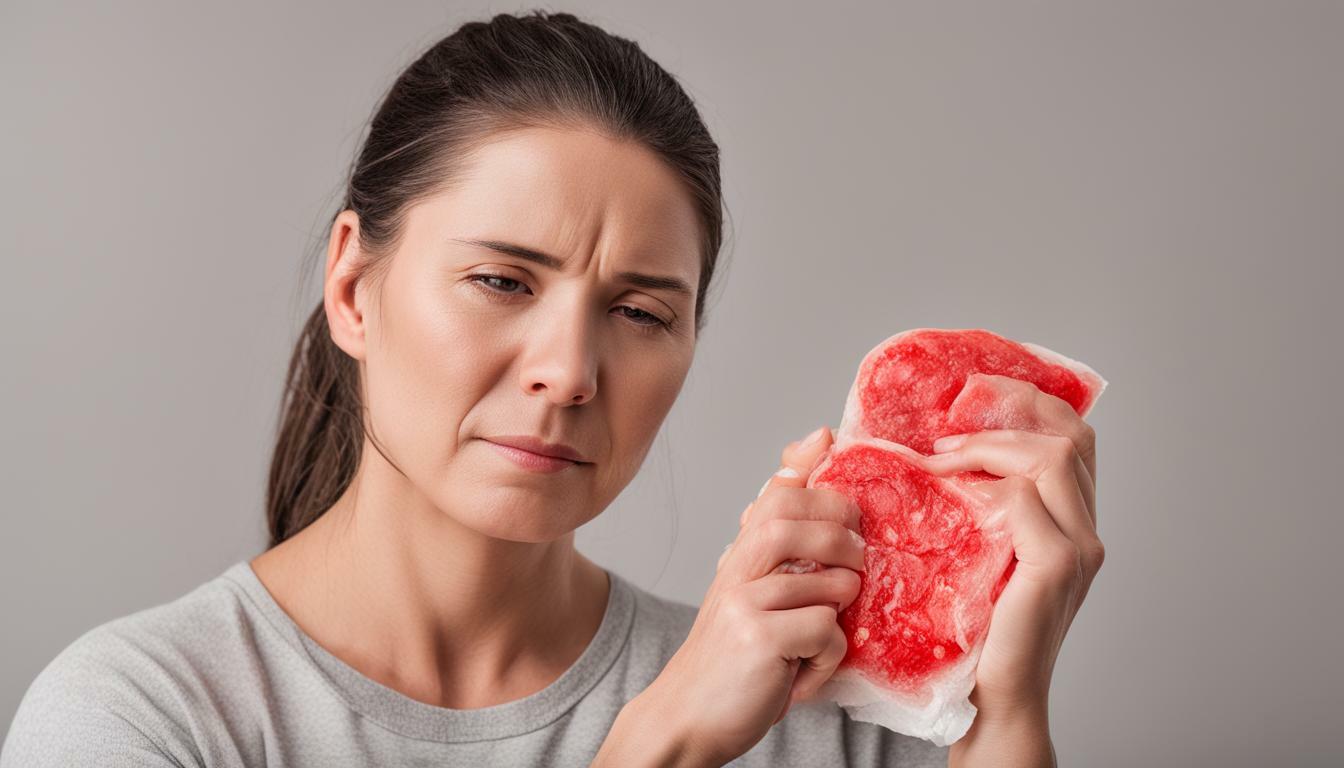
Additional Tips for Managing Minor Burns and Scalds
Proper first aid treatment is critical when managing minor burns and scalds, but it’s not the only thing you can do to promote speedy recovery.
Here are some additional tips to keep in mind:
- Pain Relief: Minor burns and scalds can be incredibly painful. Over-the-counter pain relief medication, such as ibuprofen or acetaminophen, can provide relief from discomfort. Always check with a pharmacist or doctor before taking any medication.
- Wound Care: During the healing process, it is essential to keep the wound clean and dry to prevent infection. Change dressings regularly and avoid using soaps or other irritants on the affected area.
- Preventive Measures: To prevent further burns or scalds, take preventive measures. Keep hot liquids and drinks away from children and pets, and maintain a safe distance from stoves and other heat sources.
- Follow-up Care: In some cases, minor burns and scalds may require follow-up care. If you notice any signs of infection, such as redness or pus, or if the wound hasn’t healed after a few days, seek medical attention.
By following these additional tips, you can prevent complications and promote healing.
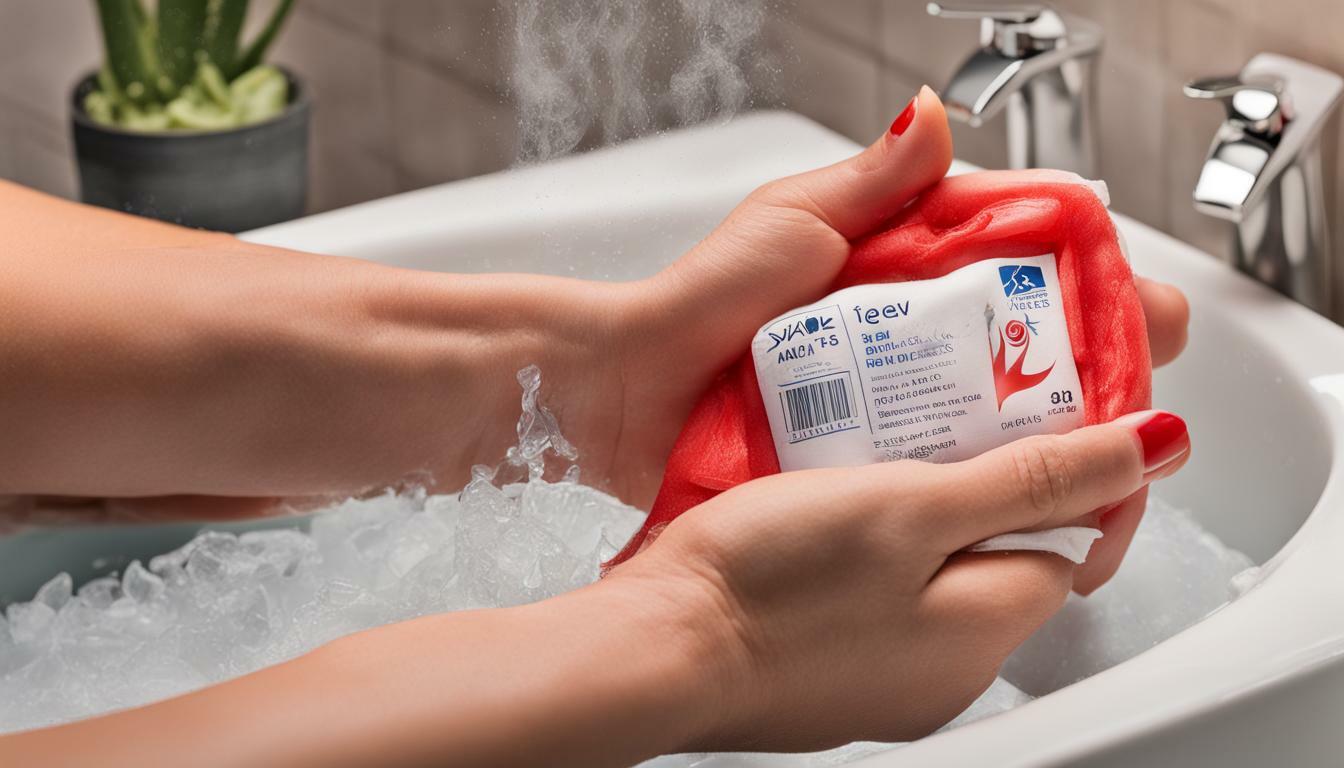
Common Mistakes to Avoid When Treating Minor Burns and Scalds
While first aid is crucial for treating minor burns and scalds, it’s essential to avoid some common mistakes that can further harm the injured person. Here are some common mistakes that you should avoid:
| Mistake | Explanation |
|---|---|
| Using ice to cool the burn | Using ice can make the burn worse as it can damage the skin and underlying tissues. Instead, rinse the affected area with cool running water for at least 10 minutes. |
| Applying adhesive dressings | Applying sticky plasters or adhesive dressings can stick to the burn and cause more pain when removed. Instead, use a non-adhesive dressing to cover the affected area. |
| Breaking blisters | Breaking blisters can lead to a higher risk of infection and hinder the healing process. Instead, cover the blisters with a sterile dressing. |
| Applying butter, oil, or toothpaste | Applying these substances can make the burn worsen and cause more pain. Instead, use a sterile dressing or a burn gel to soothe the affected area. |
Remember to avoid these mistakes to ensure that the injured person receives the best possible care. By following the appropriate steps and avoiding these common errors, you can effectively treat minor burns and scalds.

When to Seek Medical Attention
While minor burns and scalds can often be treated effectively at home, there may be instances where medical attention is necessary. If the injury is more severe than a minor burn or scald, seek professional medical care immediately.
If the burn or scald covers a large surface area, it is essential to seek medical attention as soon as possible. In some cases, the injured person may require hospitalization or further treatment.
Other signs that indicate the need for medical attention include:
- The burn or scald appears infected, with redness, swelling, and discharge
- The injured person experiences severe pain or shows signs of shock
- The burn or scald affects the face, hands, feet, or genitals
- The injury occurred due to an electrical or chemical burn
- The person who sustained the injury is a young child or elderly adult
Remember, if you are unsure whether medical attention is necessary, it is always better to err on the side of caution and seek professional advice.
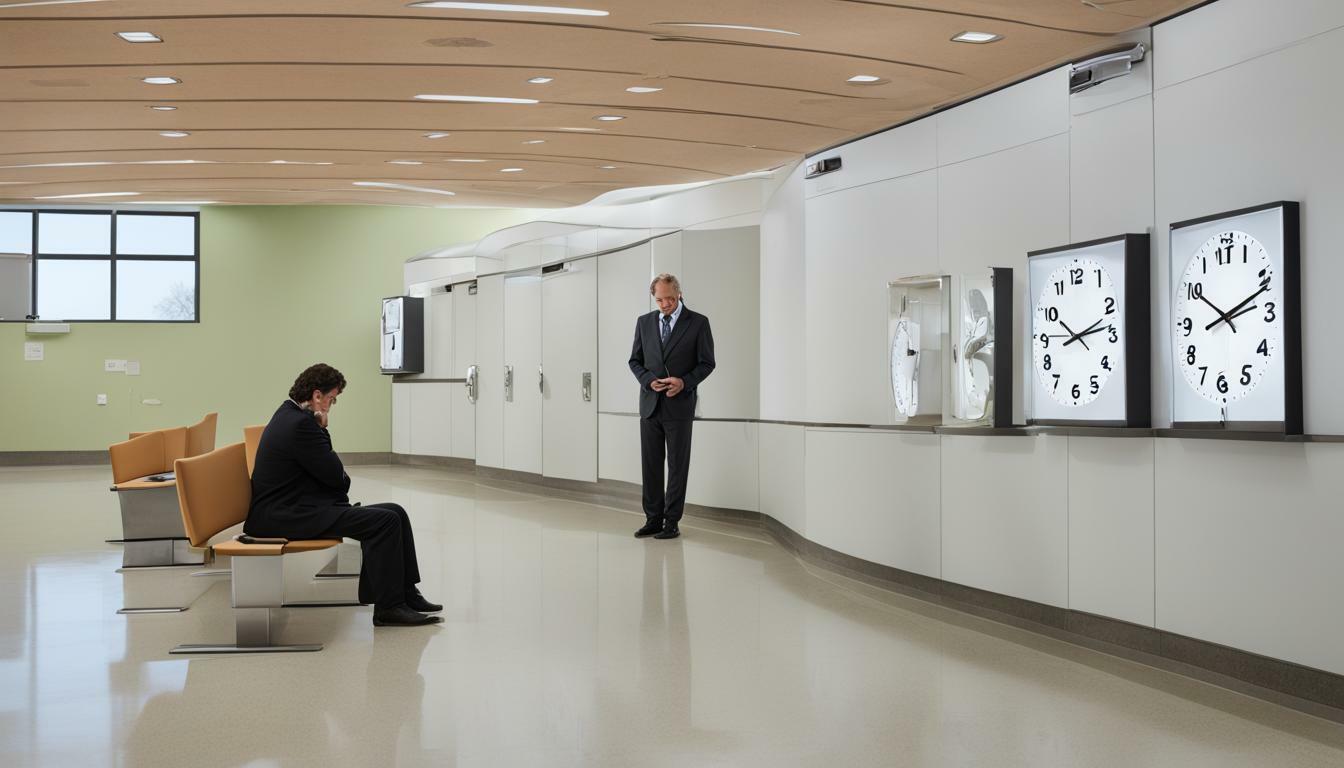
By recognizing the signs that indicate the need for medical attention, you can ensure that the injured person receives the appropriate care. In the next section, we will provide a conclusion to summarize what we have learned about first aid treatment for minor burns and scalds.
Conclusion
Having a well-stocked first aid kit designed specifically for treating minor burns and scalds is essential for effective treatment. By understanding the difference between the two types of injuries, you can provide appropriate treatment and ensure the best possible outcome for the injured person.
Remember to include essential components in your first aid kit, such as burn dressings and soothing creams. It is also crucial to know how to provide immediate first aid for these injuries, including cooling the affected area and protecting the wound.
Alongside proper first aid treatment, following additional tips can help with pain management, wound care, and preventing complications. However, it’s important to avoid common mistakes that can worsen the condition.
If you notice signs of infection or the injury does not heal within a reasonable time, seek medical attention immediately. With the right knowledge and preparedness, you can confidently handle minor burns and scalds. Remember to prioritize safety and stay prepared with a well-equipped first aid kit.
